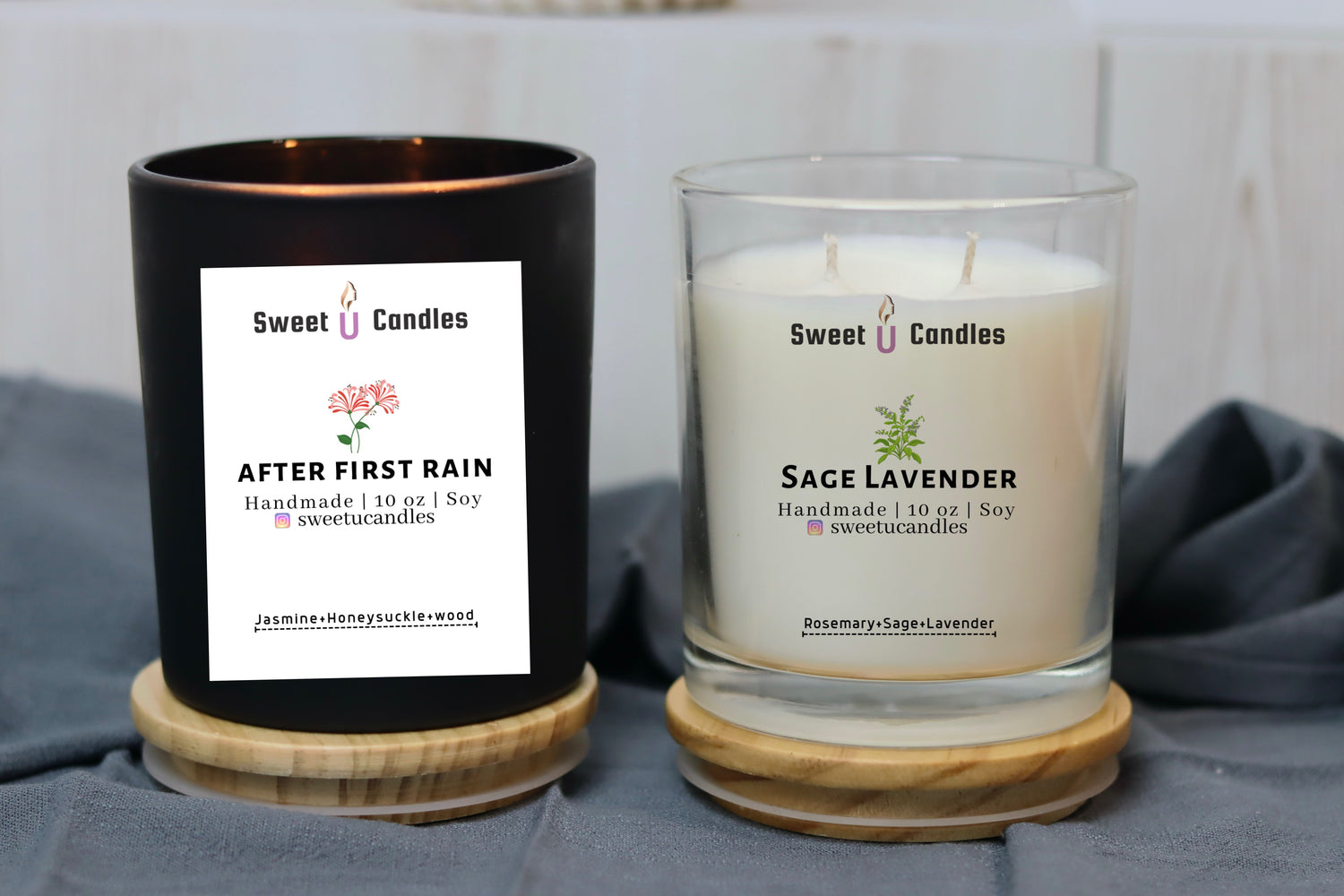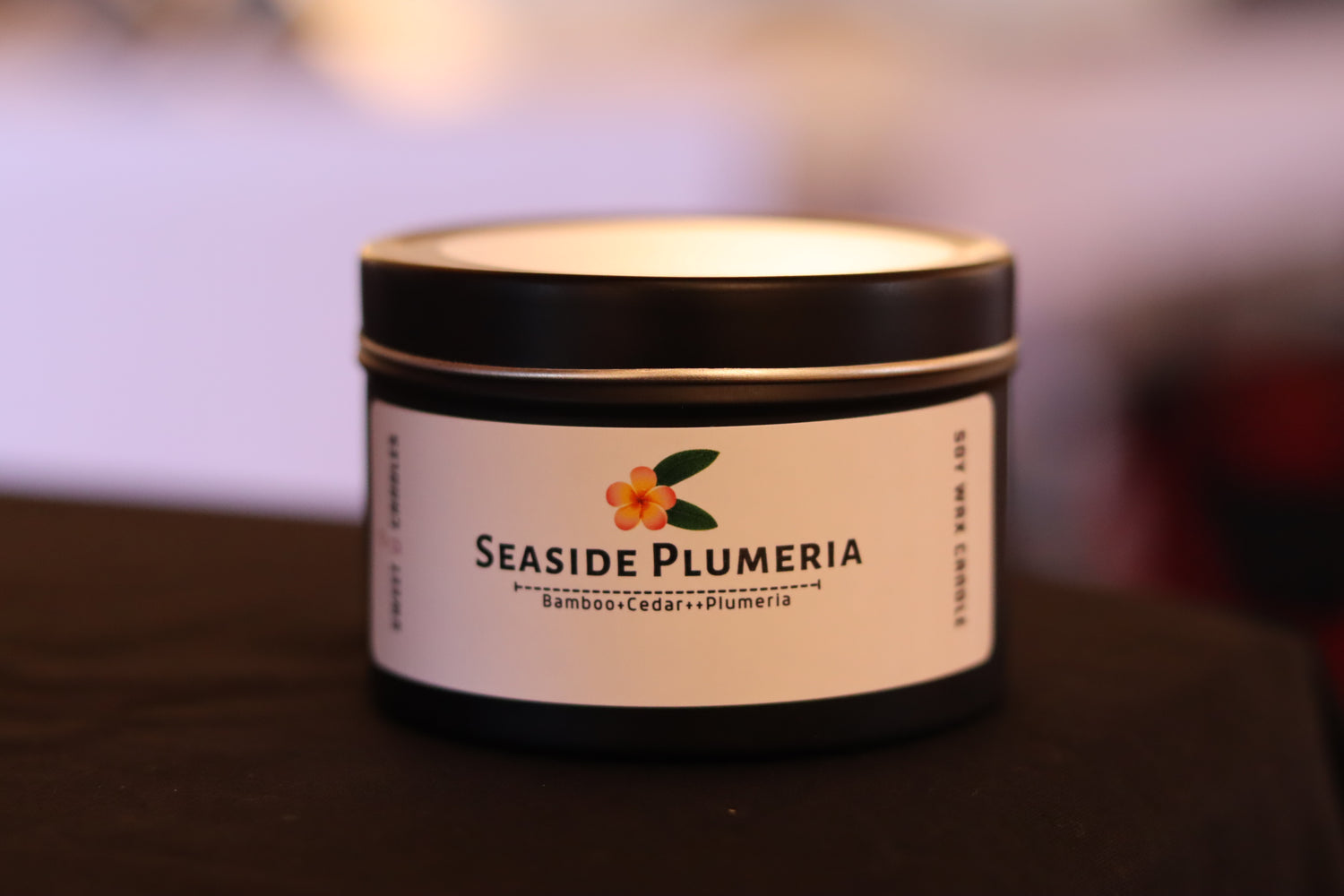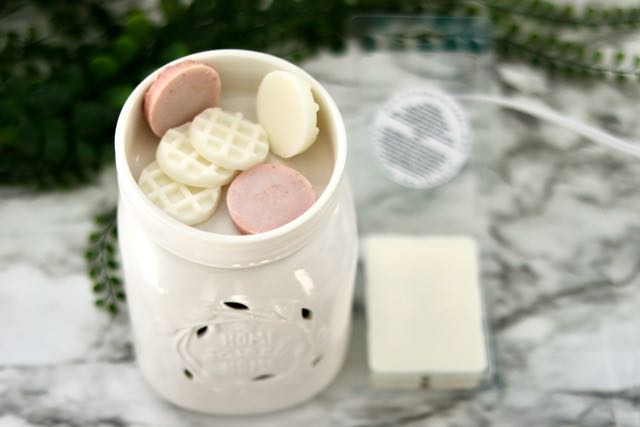Candle making is an intricate art that combines creativity, precision, and a deep understanding of materials. One of the crucial components in candle making is the wick. It plays a pivotal role in ensuring a clean, even, and efficient burn. In this comprehensive guide, we delve deep into the world of candle wicks, exploring the different types, their unique characteristics, and how to select the right wick for your specific candle-making application.
Section 1: The Basics of Candle Wicking
1.1 Understanding the Wick’s Function: A candle wick is a braided or knitted piece of material, predominantly made of cotton, that serves two main functions: holding the flame and drawing fuel (melted wax) towards the flame through capillary action. This process sustains the flame, ensuring a consistent burn. Without a proper wick, the flame would lack the necessary fuel and extinguish.
1.2 The Science Behind Wicking: The wick functions similarly to a straw, drawing liquid wax up towards the flame. As the wax near the flame melts, it becomes easier for the wick to absorb and transport it upwards, fueling the flame. While this process may seem straightforward, various factors influence the efficiency and effectiveness of the wicking process, making the selection of the right wick a crucial step in candle making.
Types of Candle Wicks
2.1 The Different Categories of Wicks: Candle wicks can be categorized based on their braiding style and additional features. The main categories include square braided wicks, flat braided wicks, cord wicks, and wooden wicks. Each category has unique characteristics suited for different types of candles and wax formulations.
2.2 Square Braided Wicks: These wicks have a square or round shape, providing a full flame suitable for viscous waxes and challenging burn conditions. They have largely been replaced by flat braided wicks in container candles but remain popular for beeswax candles.
2.3 Flat Braided Wicks: Flat braided wicks are versatile and popular in both container and pillar candles. They tend to curl as they burn, promoting self-trimming and reducing mushrooming. However, they may not be as robust as square braided wicks in handling viscous waxes.
2.4 Cord Wicks: Cord wicks have a cotton, paper, or zinc core, providing additional rigidity and structure. Cotton and paper core wicks offer a robust flame suitable for challenging waxes, while zinc core wicks excel in paraffin and low melt point soy blends.
2.5 Wooden Wicks: Wooden wicks provide a unique crackling sound and a wide flame. They require specific considerations and will be discussed in detail in a separate guide.
Selecting the Right Wick
3.1 Factors Influencing Wick Selection: Choosing the right wick requires considering the wax type, additives, fragrance oils, and container size. Viscous waxes and heavy fragrance oils may require a more robust wick, while thin waxes may need a smaller wick to prevent an overly large flame.
3.2 The Importance of Testing: Testing is paramount in candle making. Every change in the candle’s formulation, be it a different fragrance oil or a new batch of wax, necessitates a reevaluation of the wick size and type. Conduct thorough burn tests to ensure optimal performance and safety.
Popular Wick Brands and Recommendations
4.1 Atkins and Pearce: Known for their cord wicks (cotton, paper, and zinc core) and the popular HTP series, a flat braided wick with paper filaments for structure.
4.2 WeDo: Makers of the LX series (a structured flat braided wick), Eco series (suited for soy waxes), and RRD series (a directional rounded wick).
4.3 Heinz Jensen (Stabilo): Producers of the CD and CDN series, flat braided wicks with a consistent burn, commonly used across various waxes.
4.4 Premier 700 Series: A hybrid flat braided wick with a cotton core, offering balance, consistency, and versatility across different wax types.
Conclusion and Final Thoughts Selecting the right wick is a critical step in candle making, influencing the burn quality, safety, and overall performance of the candle. Understanding the different types of wicks, their characteristics, and how they interact with various waxes and additives will empower you to make informed decisions, leading to better candles and happier customers.
Remember, there is no one-size-fits-all solution in candle wicking. Embrace the testing process, stay curious, and continue learning.




